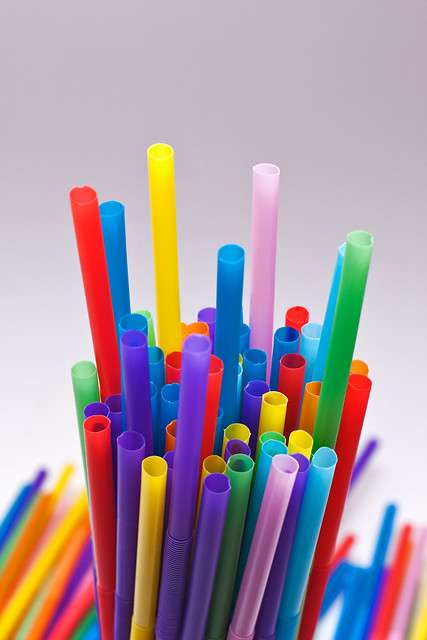Many of these additives are now being banned from circulation by organizations such as the Consumer Product Safety Commission (CPSC) in the United States and the European Commission of Environmental Waste, which are putting strict regulations on the use and reuse of certain plastic materials or products that may contain hazardous material in their chemical composition. Although new plastic materials are being produced with safer chemical compositions, the ability to identify hazardous materials in post-consumer plastics is essential for increasing effective recycling efforts.
The identification of hazardous materials in plastics used to be a very slow process that required expensive equipment and laboratory testing. However, with spectrophotometric technology we now have the ability to identify and classify these products in a fraction of the time, and with instrument portability this process can be accomplished nearly anywhere.
Using spectrophotometers for plastic identification
Plastic waste materials are a huge problem in our world, and numerous environmental organizations such as the EPA (Environmental Protection Agency) are warning both consumers and manufacturers of the effects these wasted materials have on our environment. To increase recycling efforts, it is important that plastics are carefully identified according to their chemical composition. This is impossible to accomplish through human eye analysis, so many plastic products today have been identified using a numerical system that identifies the chemical composition of the product. However, this information is not always readable by the time the product reaches the recycling plant, and it only applies to a handful of plastic products that we use daily.
In order to make recycling efforts work, rapid identification of post-consumer plastic materials must be achieved through spectral analysis. Industries such as automotive, building material production, and carpet production could benefit greatly from fast identification and analysis of their products to increase the recycling efforts and utilize more post-consumer products. The carpet industry alone estimates that over 4 billion pounds of carpeting material are dumped into our landfills each year. Using spectrophotometric analysis to determine the chemical composition of nylon carpeting materials could result in the reusability of much of this wasted material, and efforts from the Carpet America Recovery Effort clearly support this option.




